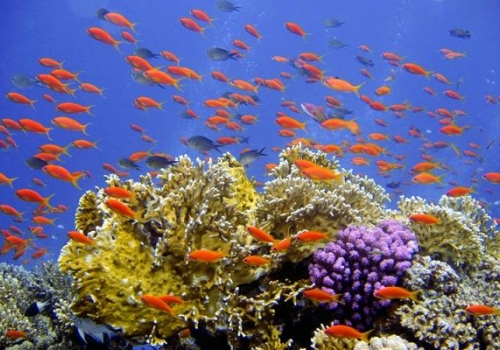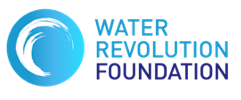Water Revolution Foundation is Creating a Database of Verified Sustainable Solutions

We know that there are more sustainable solutions available today than most yachting professionals are aware of. If these were all to be implemented, a significant reduction in environmental impact could be immediately achieved. That’s where Water Revolution Foundation’s database comes in. By sharing systems, knowledge and best practices, the superyacht industry can increase its adoption and fast-track sustainability.
The Water Revolution Foundation is now calling on suppliers to submit their solutions for verification prior to its public launch later this year. Not only is it of value to the industry, but suppliers of sustainable solutions deserve a stage to be promoted amongst key decision makers. The Water Revolution Foundation is aiming to provide them with this stage and, in turn, drive sustainability in the superyacht industry.
Solutions include those that contribute to increased efficiency, reduction of environmental impact, cleaner processes, corporate social responsibility and human health. These should be ready to be implemented on board of superyachts during their new build, operational or refit phases, as well as in production facilities and corporate offices.
Open source sustainability
The superyacht industry is the perfect breeding ground to co-develop, trial and perfect new sustainable solutions. This is thanks to its affluent clientele who have the resources to drive sustainability, and the many skilled craftsmen, engineers and architects who are not afraid of pushing the boundaries. Despite this, effective use of R&D budgets is remains crucial. It’s therefore important that there is widespread knowledge as to what solutions are already available so that these can be used as benchmarks to continue development, maximising the R&D budgets on offer.
By collaborating on innovation, we can both accelerate and increase the reduction of our collective environmental impact. This does not mean intellectual property needs to be shared and competitive advantage would be jeopardised. In fact, it expands the market for suppliers of sustainable solutions and demonstrates that investing in sustainability is rewarded.
Why must solutions be verified?
The global shift towards sustainability has pleasingly resulted in a large number of solutions purporting to be sustainable. Verifying their effectiveness is a crucial step in avoiding greenwashing and ensuring that all solutions promoted do what they set out to. Therefore, before a solution will be published in the database, it will first be verified. This process involves a rigorous appraisal of the solution, applying a holistic approach based on the Life Cycle Assessment methodology, i.e. assessing the solution’s environmental impacts starting from the raw material extraction through different life cycle stages. If a solution is found to contribute to a sufficient reduction in environmental impact, it will obtain a stamp of verification and be included in the database.
Recently verified sustainable solutions
A patented solution by Hull Vane B.V. to improve the hydrodynamic performance and the comfort of ships and yachts by reducing the stern wave and the ship’s motions. The Life Cycle Assessment (LCA) confirmed reduced fuel consumption and related emissions, and, in contrast to this, neglectable impact throughout the construction and end-of-life of Hull Vane.
The E8 and E9 underwater lights from OceanLED have been assessed and verified based on Life Cycle Assessment (LCA) methodology, with positive results in comparison to the business as usual. It confirms that in each and every component onboard of a yacht is and should be choice for a sustainable solution.
X7 by Hempel A/S has been verified as antifouling solution that is more sustainable than the business as usual. It can be used for all vessels with no limitation on service speeds, including slow/ultraslow steaming vessels. It is suitable for vessels operating with long service intervals, up to 90 months and/or very long idle periods of up to 120 days. The latter matches also the average operational profile Water Revolution Foundation found for yachts over 30 metres.
Submit your solution here.


Post your comment
You cannot post comments until you have logged in.
Login to post a commentComments
No one has commented on this page yet.
RSS feed for comments on this page | RSS feed for all comments